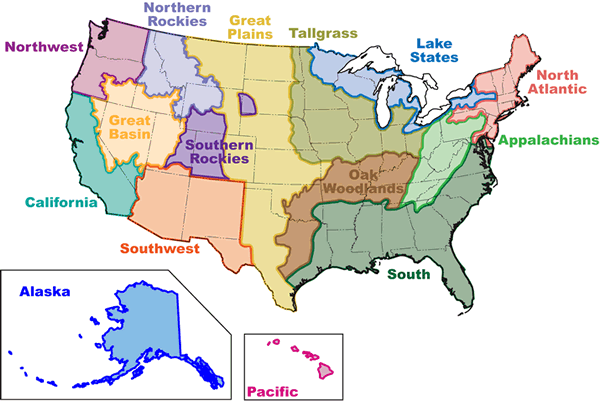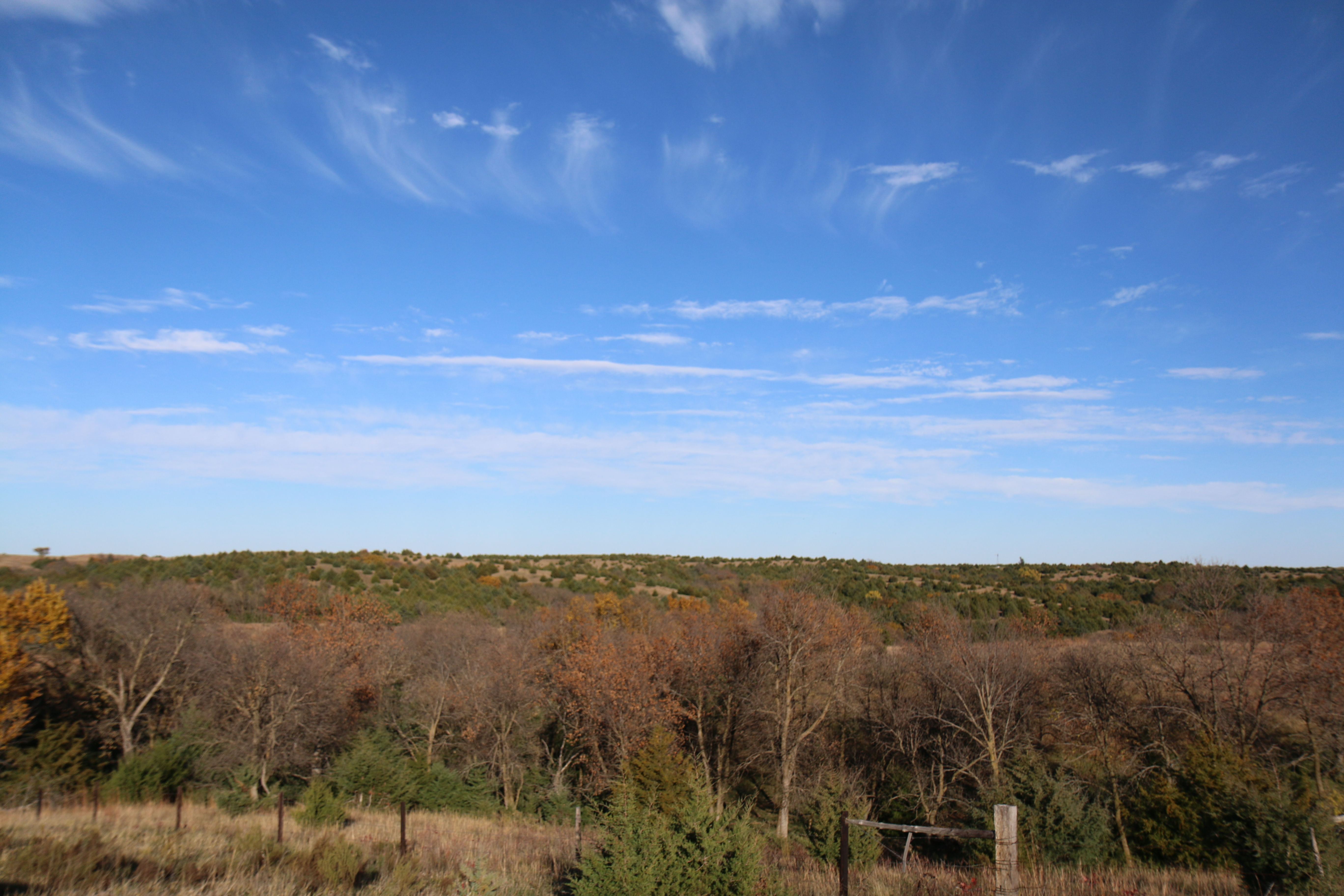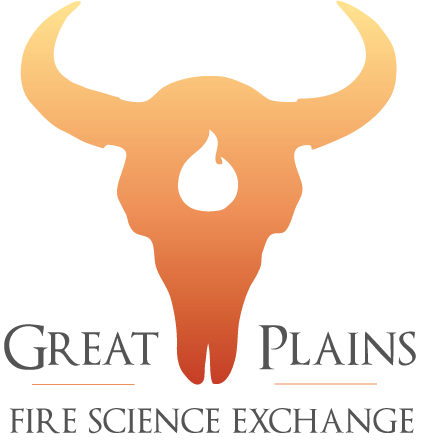Our Mission
The Great Plains Fire Science Exchange exists to assist land managers and the fire
community to make sound decisions based on the best possible information.
Through this information sharing process, we hope to strengthen collaboration within the fire
community in the region in addition to having information available for policy makers.
Those who produce fire science as well as those interested in applying the science are all welcome in the Exchange.

We subscribe to the set of core values outlined by the Joint Fire Science Program (JFSP) Governing Board, which includes:
Operating collaboratively, working to foster joint management and science communication.
Working to facilitate the flow of fire science information, the dialogue of new science findings and the needs of resource managers and policymakers.
Research Supporting Sound Decisions

Invasive plant species impact rangelands across the Great Plains, such as this woody plant encroachment in the Nebraska sandhills.
The Great Plains encompasses multiple ecosystems from the tallgrass prairie of the east and shortgrass prairie of the west, to the mixed grass prairie of the north and coastal shrublands of the south. Precipitation, climate, soils, geology and topography all contribute to regional complexity. Fire management practices and concerns vary throughout the region, but include several large scale commonalities such as:
- Invasive plant encroachment, due to lack of fire
- Regulatory concerns, such as smoke management, burn bans and liability
- Use of grassland prescribed fire techniques
- Climate change leading to shifting vegetation
- A growing wildland-urban interface
- Extensive private-land ownership and numerous tribal nations
Fire is an inherent characteristic of grassland ecosystems. We humans share the Great Plains ecosystem with many fire-dependent plants and animals. Becoming "people of fire" involved acknowledging the natural landscape in which we live, with it's benefits and consequences. Science can provide insight for making the complex decisions that meet the needs of both humans and the ecosystem.
Exchange Guidance
Great Plains Fire Science is guided by a Board of Directors consisting of representatives from a variety of agencies, organizations, specialties, and geographies within the region. The board serves limited terms and provides input via meetings, conference calls, and other media. Duties of the board include:
- Promoting accountability, fiscal responsibility, and effectiveness within the GPE
- Overseeing and prioritizing GPE-specific goals and objectives
- Reviewing annual work plans and budget
- Ensureing the program provides useful information that is relevant to issues being confronted by fire practitioners
- Identifying strategies for leveraging funds, partnerships, and personnel to best accomplish GPE objectives
- Serving as ambassadors for the consortium by soliciting feedback and ideas from ongoing interactions with the fire management and research communities
Read our proposal (PDF) and our Great Plains Exchange Charter (DOC).
Peer Review Policy
Great Plains Fire Science Exchange products receive peer review prior to publication. Syntheses receive at least two peer reviews in addition to the editor's approval. Research briefs are approved by an author of the article being summarized and video product scripts are also peer reviewed prior to publication. Tracking numbers are assigned after final approval. We seek to bring the best quality science products to the fire community we can.

